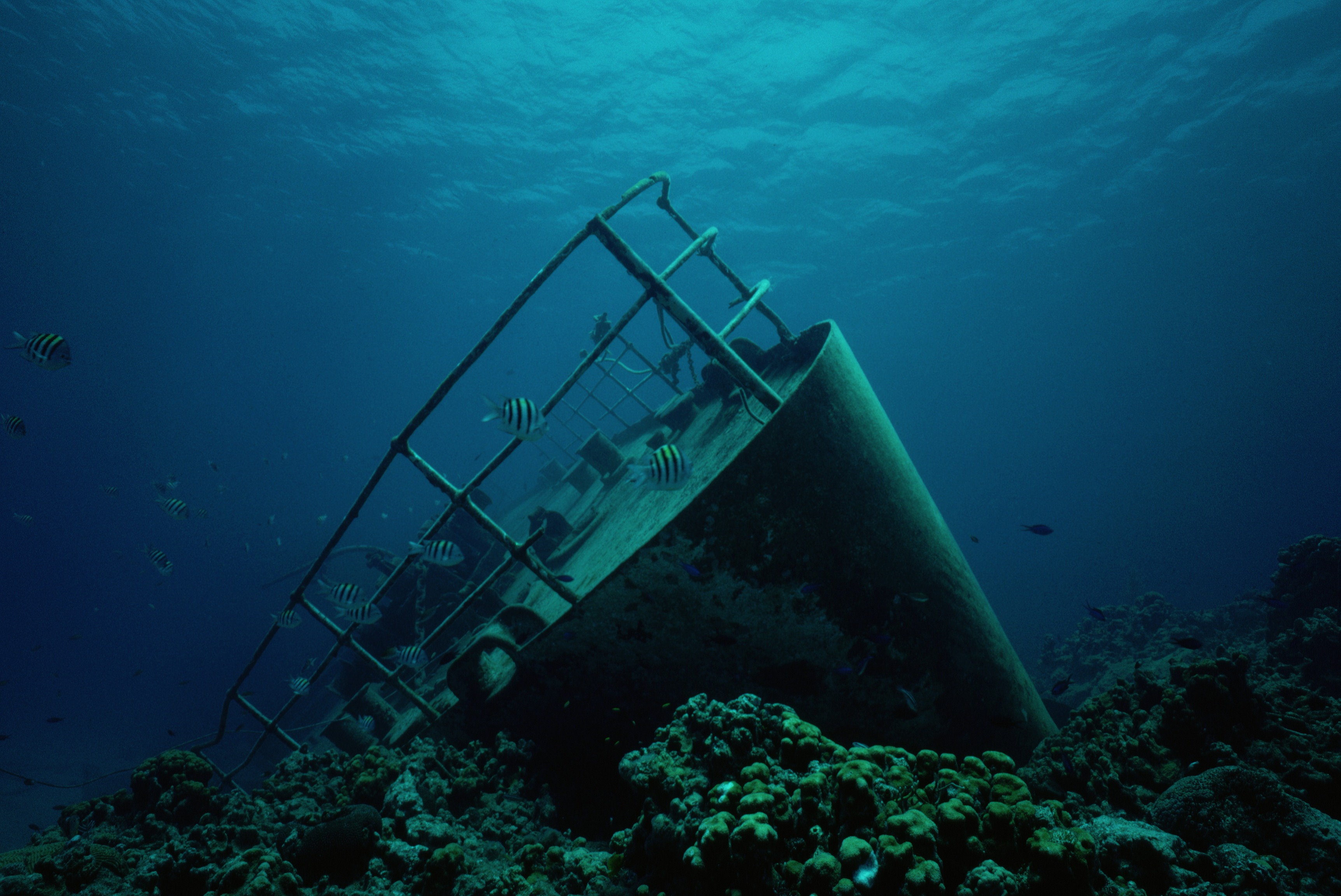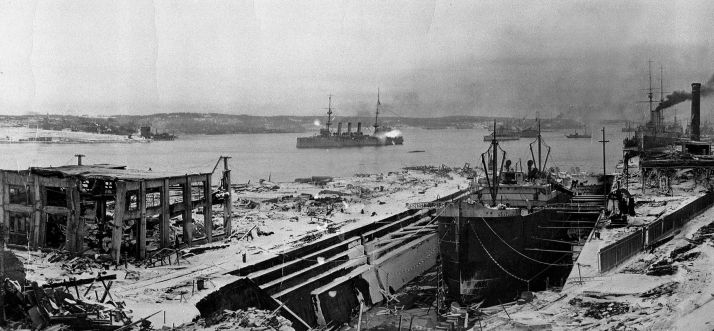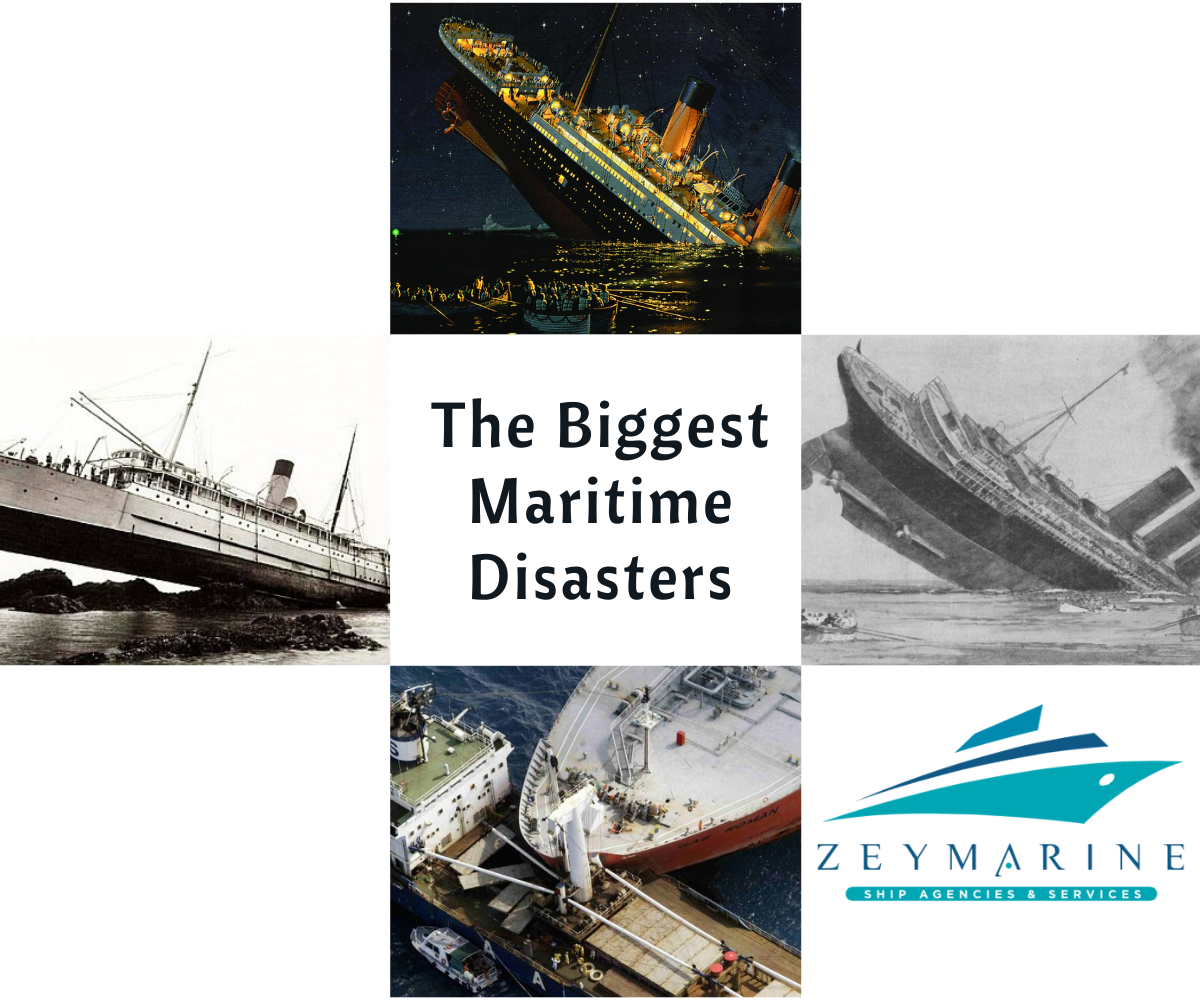Many maritime accidents and incidents have reported. Let’s take a look at the biggest of them.
1987 – Philippines – Deaths 4.386
Doña Paz. On December 20, 1987. At route from Tacloban to Manila. This passenger steamer collided with the oil tanker MT Vector in the Tablas Strait near Marinduque. The collision ignited Vector’s cargo and the fire spread to Doña Paz; both ships burned and sank. 24 passengers died, including the 58 crew members aboard Doña Paz; On Vector, only 2 of the 13 crew members survived. The total death toll for both ships is estimated at 4,386. Dona Paz is recorded as the deadliest peacetime shipwreck in history. Dona Paz is referred to as the “Titanic of Asia”.
1954 – Japan – Deaths 1.153
Toya Maru. A Japanese passenger ferry that sank on September 26, 1954 in Typhoon Marie in the Tsugaru Strait between the Japanese islands of Hokkaido and Honshu. The exact death toll is not known as 1,153 people on board were lost, but some managed to escape.
1949 – China – Deaths 1500+
Taiping. On January 27, 1949. The Chinese steamship Taiping sank after colliding with another vessel en route to Taiwan. More than 1,500 passengers and crew died. The ship’s capacity doubled as more than 1,000 refugees fleeing Communism traveled from Shanghai to Keelung after the Chinese Civil War.
1948 – China – Deaths 2750 – 3920
On December 4, 1948, the passenger ferry Kiangya. It was overcrowded with refugees fleeing the People’s Liberation Army, sank. It sank at the mouth of the Huangpu River, 80 km south of Shanghai. It is thought that the cause of the explosion may have been struck by a mine left behind by the Imperial Japanese Navy during the Second World War. The exact death toll is unknown, but it is thought to have died between 2,750 and 3,920 with 700-1,000 people rescued by other ships.

1945 – Baltic Sea – Deaths 9.000
The deadliest shipwreck in history. Wilhelm Gustloff. On January 30, 1945, the German ocean liner was torpedoed by a Soviet submarine and sank in the cold waters of the Baltic Sea, killing 9,000 people. Gustloff built as a cruise ship for the Nazis’ “Kraft durch Freude” (“Strength with Joy”) program. It provided recreational activities for working-class Germans. Adolf Hitler launched the 684-foot-long, 25,000-ton ship in 1937. After the start of World War II in 1939, the German army converted Gustloff into a hospital and later used it as a U-boat training school.
In January 1945, as the Soviet army advanced into East Prussia, the Nazis launched Operation Hannibal, a mass sea evacuation of German military personnel and civilians from the area. On January 30, Gustloff left the East Prussian port of Gotenhafen for Kiel, Germany. The Soviet submarine S-13 soon spotted Gustloff and detonated it with three torpedoes. The German ship sank within 90 minutes about 12 nautical miles off Stolpe Bank. Historians now estimate that only about 1,000 of the roughly 10,000 people on Gustloff survived. It is the deadliest maritime disaster in history.
1917 – Canada – Deaths 2.000
Mont-Blanc and Halifax Explosion. On December 6, 1917, Halifax, Nova Scotia Canada. It devastated by the massive explosion of the fully-loaded French munitions ship, the Mont-Blanc. Collided with the Norwegian ship SS Imo in The Narrows section of Halifax Harbor. Mont-Blanc’s 40-man crew escaped. About 20 minutes after impact, the fire ignited the 2,925 tons of explosives Mont Blanc was carrying, causing a massive explosion. In Halifax, about 2,000 people died from explosions, falling debris, fires or collapsed buildings, and more than 9,000 were injured. This is the largest accidental detonation of conventional weapons to date.

1915 – United Kingdom – Deaths 1.193
RMS Lusitania. A British ocean liner traveling from New York to Liverpool on 7 May 1915. A German U-Boat U-20 torpedoed the ship. Than a second unknown explosion rocked the ship. 760 of 1,960 people were rescued from the ship, only Within 18 minutes, the ship sank and took the bodies of 1,193 people.
1912 – UK – Deaths 1516
RMS Titanic – a British ocean liner, which at that time was the largest ship in the world. On its maiden voyage on April 14, 1912, it struck an iceberg crumpling part of its hull and causing it to sink in the early hours of April 15. Of the 2,224 passengers and crew, 706 survived. Its loss became the catalyst for major reforms in maritime security. And the most famous maritime disaster has been the subject of many media portrayals.







